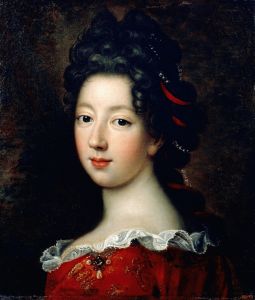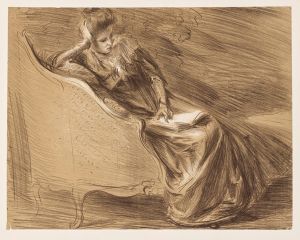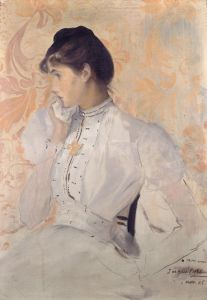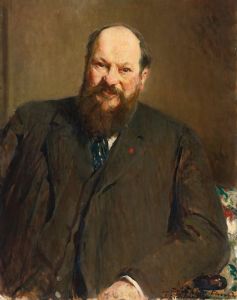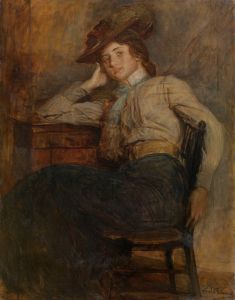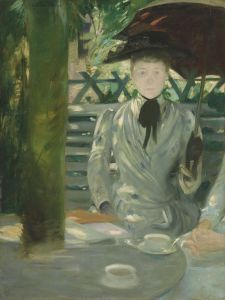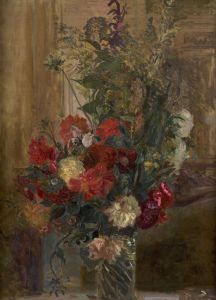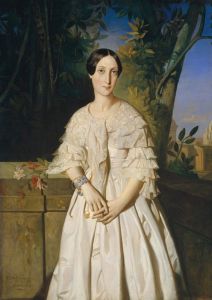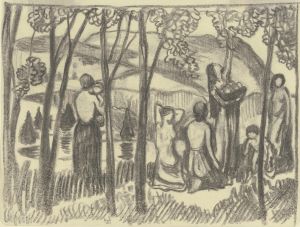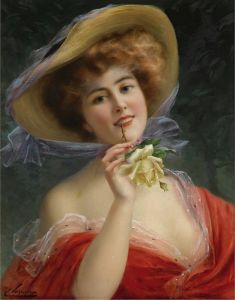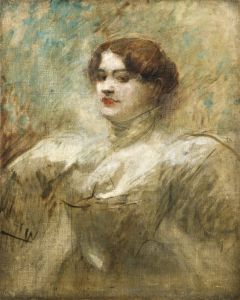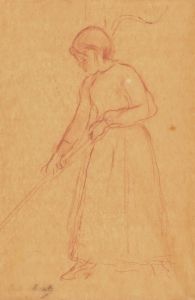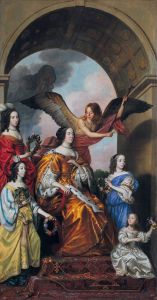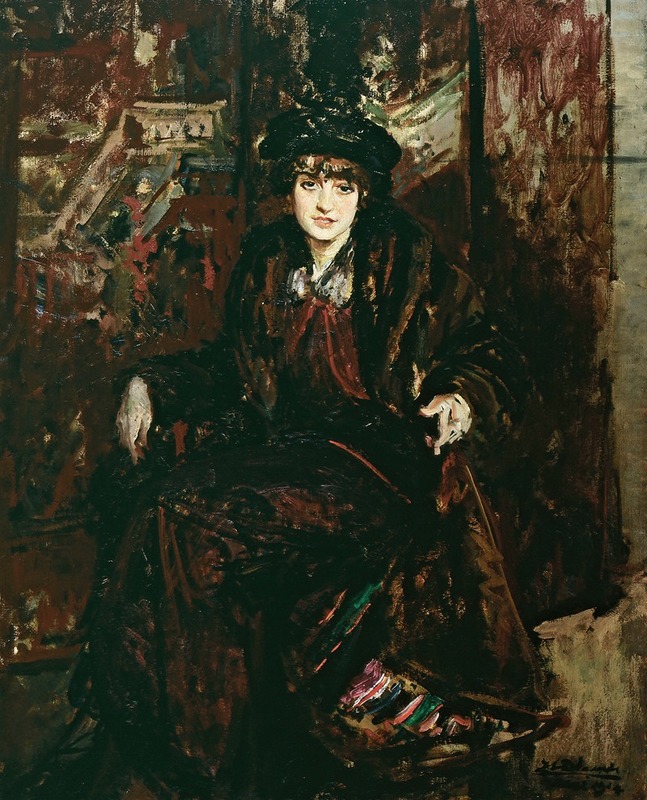
Portrait de Marguerite Decazes de Glucksbierg, princesse Jean de Broglie
A hand-painted replica of Jacques-Émile Blanche’s masterpiece Portrait de Marguerite Decazes de Glucksbierg, princesse Jean de Broglie, meticulously crafted by professional artists to capture the true essence of the original. Each piece is created with museum-quality canvas and rare mineral pigments, carefully painted by experienced artists with delicate brushstrokes and rich, layered colors to perfectly recreate the texture of the original artwork. Unlike machine-printed reproductions, this hand-painted version brings the painting to life, infused with the artist’s emotions and skill in every stroke. Whether for personal collection or home decoration, it instantly elevates the artistic atmosphere of any space.
Jacques-Émile Blanche was a renowned French artist known for his portraits of prominent figures in the late 19th and early 20th centuries. One of his notable works is the "Portrait de Marguerite Decazes de Glucksbierg, princesse Jean de Broglie." This painting captures Marguerite Decazes de Glucksbierg, who was married to Prince Jean de Broglie, a member of the illustrious de Broglie family, which has a significant place in French history.
Blanche was born in Paris in 1861 and was deeply embedded in the cultural milieu of his time. He was the son of a psychiatrist, which exposed him to a wide array of intellectual and artistic influences from an early age. His artistic career flourished in the vibrant atmosphere of Paris, where he became known for his keen ability to capture the personality and essence of his subjects. Blanche's portraits are celebrated for their psychological depth and the way they reflect the social and cultural contexts of the era.
The "Portrait de Marguerite Decazes de Glucksbierg, princesse Jean de Broglie" is an exemplary piece that showcases Blanche's skill in portraiture. The painting is characterized by its elegant composition and the subtle yet expressive rendering of the subject. Marguerite is depicted with a refined grace, her attire and demeanor reflecting her status and the fashion of the time. Blanche's use of color and light adds a sense of vitality and presence to the portrait, making it a vivid representation of the sitter.
Marguerite Decazes de Glucksbierg herself was part of the French aristocracy, and her marriage to Prince Jean de Broglie further cemented her position within the social elite. The de Broglie family has a storied history, with several members playing significant roles in French political and cultural life. This connection adds an additional layer of interest to the portrait, as it not only captures an individual but also reflects the broader historical and social narratives of the period.
Blanche's work is often associated with the Belle Époque, a period marked by cultural flourishing and artistic innovation in France. His portraits serve as a window into this era, offering insights into the lives and personalities of the people who shaped it. The "Portrait de Marguerite Decazes de Glucksbierg, princesse Jean de Broglie" is no exception, providing a glimpse into the world of French aristocracy and the artistic circles of the time.
Throughout his career, Jacques-Émile Blanche painted numerous portraits of notable figures, including writers, artists, and members of high society. His ability to convey the character and status of his subjects made him a sought-after portraitist. Today, his works are held in high regard and can be found in various museums and private collections, continuing to be appreciated for their artistic merit and historical significance.
In summary, the "Portrait de Marguerite Decazes de Glucksbierg, princesse Jean de Broglie" by Jacques-Émile Blanche is a distinguished example of portraiture from the Belle Époque. It captures not only the likeness of a prominent figure but also reflects the cultural and social dynamics of the time. Blanche's artistry and attention to detail make this painting a valuable piece of art history, offering a glimpse into the world of French aristocracy and the artistic achievements of the period.





